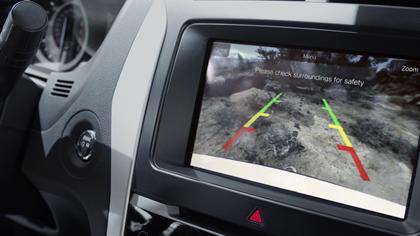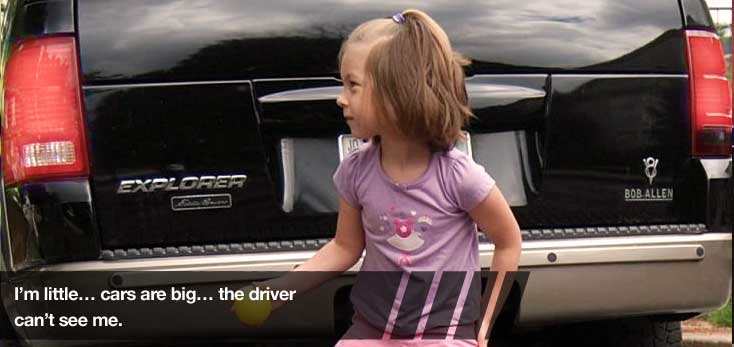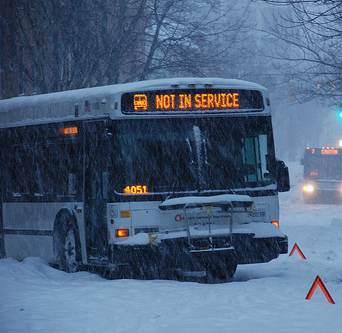More on Mandatory Back-up Cameras
 We posted on March 6 about Mandatory Back-Up Cameras: Worth the Cost? It seems that Transportation Secretary Ray LaHood has been getting a lot of criticism for his delay in acting on the proposal.
We posted on March 6 about Mandatory Back-Up Cameras: Worth the Cost? It seems that Transportation Secretary Ray LaHood has been getting a lot of criticism for his delay in acting on the proposal.
The Tampa Bay Times has an editorial pointing out that the cost of backup cameras ranges from $58 to $203 per car (in our post, we only had data about the higher-end dollar figure).
But, is this even a worthy issue? Apparently, back-up cameras are already standard on 45% of all 2012 models. Based on that, it might appear that this is something the public is demanding. If so, why the delay in implementing the rule? And why is the automobile industry fighting back so hard? It appears that there is no objection to back-up cameras, just the nuances of the camera. From USA Today:
 Maryland Car Accident Lawyer Blog
Maryland Car Accident Lawyer Blog


 I am fortunate that I’ve never had to litigate a case involving a driver who backed up into a child or a person. Statistically, about 16,000 of these accidents happen every year, with about 300 deaths. The drivers are most often (70%) the parents or family members of children who are injured.
I am fortunate that I’ve never had to litigate a case involving a driver who backed up into a child or a person. Statistically, about 16,000 of these accidents happen every year, with about 300 deaths. The drivers are most often (70%) the parents or family members of children who are injured.  I’ve learned to not take things for granted at trial. I had a case once where a witness was going to testify about something, the defense lawyer objected, and the judge sustained (agreed with) that objection. I explained the the judge the objection was improper, that the evidence was allowed under Maryland law, and that my client should have been allowed to testify. He didn’t even spend a second reconsidering, but denied my request.
I’ve learned to not take things for granted at trial. I had a case once where a witness was going to testify about something, the defense lawyer objected, and the judge sustained (agreed with) that objection. I explained the the judge the objection was improper, that the evidence was allowed under Maryland law, and that my client should have been allowed to testify. He didn’t even spend a second reconsidering, but denied my request.  In 2011, the Maryland Legislature decided that the minimum limits for automobile insurance, which were over 35 years old, needed to be increased. The limits were $20,000 per person/$40,000 per occurrence. They were increased to $30,000/$60,000. Not quite a cost-of-living adjustment (one
In 2011, the Maryland Legislature decided that the minimum limits for automobile insurance, which were over 35 years old, needed to be increased. The limits were $20,000 per person/$40,000 per occurrence. They were increased to $30,000/$60,000. Not quite a cost-of-living adjustment (one  Many people come to us because they’ve been in an accident, but they are unsure what their options are. This is rarely more true than in the phantom vehicle case. This is where there is an accident, but no sign of the person who caused the accident. These cases are sometimes hit-and-run accidents, though phantom vehicle cases can happen where the phantom vehicle takes the right-of-way from another motorist, causing that motorist to hit a third motorist (while the phantom vehicle goes merrily along its way). In many cases, these are pedestrian hit-and-runs.
Many people come to us because they’ve been in an accident, but they are unsure what their options are. This is rarely more true than in the phantom vehicle case. This is where there is an accident, but no sign of the person who caused the accident. These cases are sometimes hit-and-run accidents, though phantom vehicle cases can happen where the phantom vehicle takes the right-of-way from another motorist, causing that motorist to hit a third motorist (while the phantom vehicle goes merrily along its way). In many cases, these are pedestrian hit-and-runs.